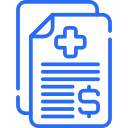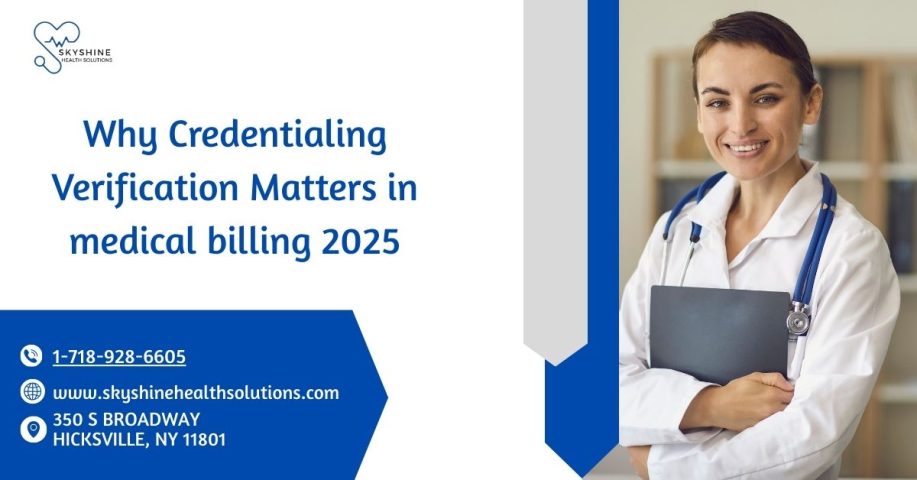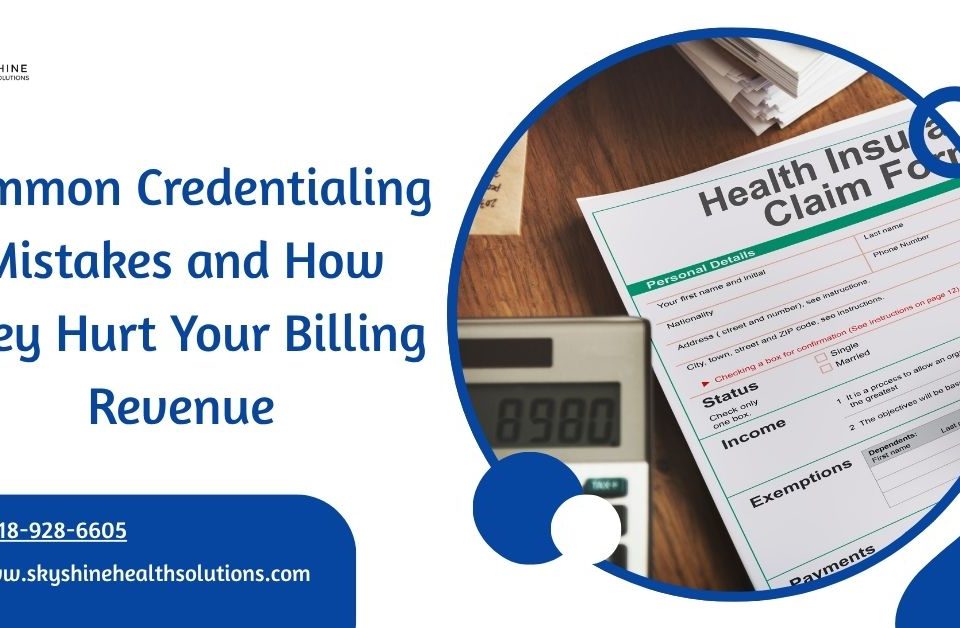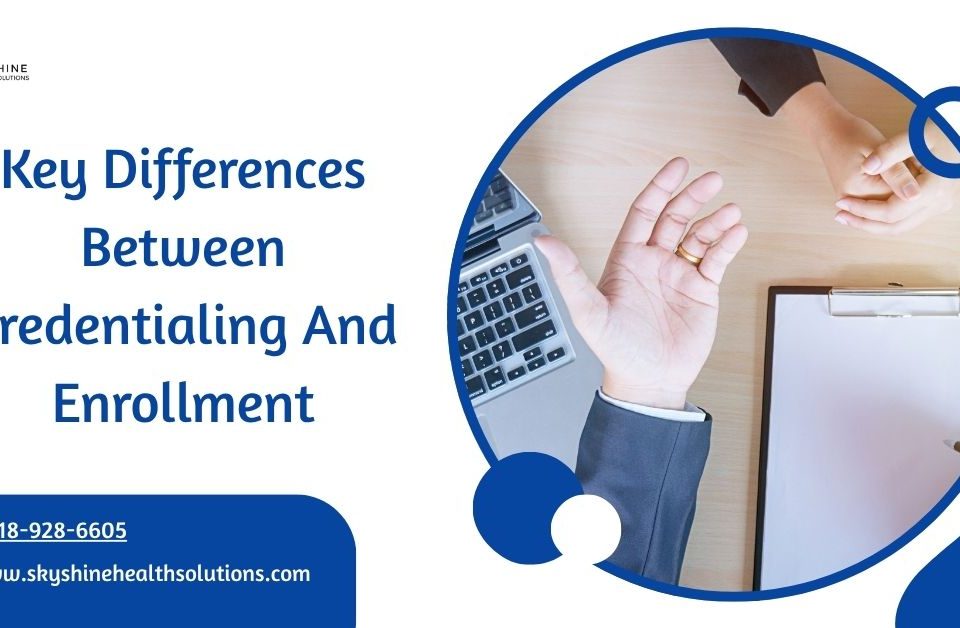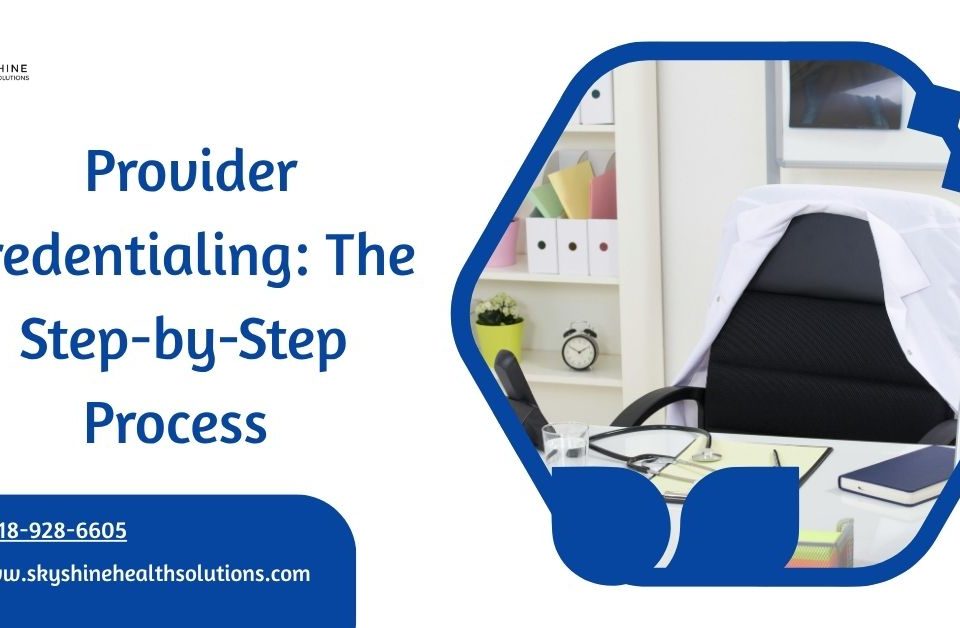
The Ultimate Guide to Provider Enrollment in Medical Billing (2025)
June 17, 2025
NPI Number : Essential Guide for Medical Billing (2025)
June 17, 2025Credentialing verification is a cornerstone of medical billing and practice management, ensuring healthcare providers meet the qualifications to deliver care and bill payers. More than a bureaucratic hurdle, it’s a critical process that safeguards your practice’s reputation, protects patients, and secures your revenue cycle. In this blog, we’ll explore why credentialing verification is essential, its impact on your practice, and how to streamline it for success in 2025.

What Is Credentialing Verification?
Credentialing verification is the process of validating a healthcare provider’s qualifications before they can bill insurance payers or treat patients under a practice’s umbrella. This involves checking:
-
-
-
Licenses: Ensuring state medical licenses are active and unrestricted.
-
Certifications: Verifying board certifications and specialty credentials.
-
Education: Confirming medical degrees, residencies, and fellowships.
-
Work History: Reviewing past employment for gaps or disciplinary actions.
-
Malpractice History: Checking for claims or lawsuits.
-
NPI Number: Validating the National Provider Identifier with the NPPES.
-
-
Payers, such as Medicare, Medicaid, and commercial insurers, require thorough verification to ensure providers meet their standards. Without it, claims can be denied, and practices risk non-compliance.
Why Credentialing Verification Matters
Credentialing verification isn’t just about ticking boxes—it’s about protecting your practice and patients. Here’s why it’s a non-negotiable:
1. Protects Patient Safety
Patients trust healthcare providers to deliver safe, high-quality care. Verification ensures only qualified professionals with valid credentials treat patients, reducing the risk of errors or malpractice. For example, confirming a surgeon’s board certification can prevent unqualified individuals from performing complex procedures.
2. Prevents Claim Denials
Payers reject claims from uncredentialed or improperly verified providers. A single oversight, like an expired license, can lead to thousands in lost revenue. Thorough verification ensures all credentials are current, minimizing denials and keeping your revenue cycle intact.
3. Ensures Regulatory Compliance
Healthcare is heavily regulated, with oversight from bodies like CMS and state medical boards. Credentialing verification aligns your practice with federal and state requirements, avoiding penalties or sanctions. For instance, Medicare requires providers to be enrolled via PECOS, with verified credentials, to bill services.
4. Builds Trust and Reputation
A practice with credentialed providers signals professionalism to patients, payers, and partners. It demonstrates your commitment to quality care and compliance, enhancing your reputation in a competitive market. Conversely, lapses in verification can damage trust and lead to negative reviews or legal issues.
5. Mitigates Legal and Financial Risks
Unverified providers can expose your practice to lawsuits, fines, or payer audits. For example, billing for an unlicensed provider’s services could trigger fraud allegations. Verification reduces these risks by ensuring all providers meet payer and legal standards.
The Cost of Skipping Credentialing Verification
Neglecting verification can have dire consequences:
-
-
-
Revenue Loss: Denied claims and delayed payments disrupt cash flow.
-
Legal Penalties: Non-compliance with CMS or state regulations can result in fines or exclusion from payers.
-
Patient Harm: Unqualified providers increase the risk of medical errors, leading to malpractice claims.
-
Reputation Damage: Publicized issues with unverified providers can erode patient trust.
-
-
A 2023 survey by the Medical Group Management Association found that 68% of practices experienced claim denials due to credentialing errors, costing an average of $10,000 per provider to resolve.
How to Streamline Credentialing Verification
To ensure a smooth and effective verification process, follow these best practices:
1. Centralize Credentialing Data
Use a secure system to store provider documents, such as licenses, certifications, and NPI records. Some platforms allow providers to maintain a single profile, which payers access for verification, reducing redundant paperwork.
-
-
-
Tip: Update tools quarterly to keep credentials current and avoid delays.
-
-
2. Verify Primary Sources
Always check credentials directly with primary sources, such as:
-
-
-
State medical boards for licenses.
-
American Board of Medical Specialties for certifications.
-
NPPES for NPI validation.
-
-
Avoid relying on secondary sources, as they may be outdated or inaccurate.
3. Use Credentialing Software
Tools or Verifiable automate verification by pulling data from primary sources and flagging discrepancies. These platforms save time, reduce errors, and provide audit trails for compliance.
-
-
-
Example: Verifiable can verify a provider’s license in real-time, cutting verification time by up to 70%.
-
-
4. Assign a Dedicated Credentialing Team
Designate staff to manage verification, ensuring consistency and accountability. Train them on payer-specific requirements and regulatory updates, such as CMS’s 2025 enrollment guidelines.
5. Monitor Re-credentialing Deadlines
Payers require re-credentialing every 2-3 years. Set calendar reminders or use software to track deadlines and ensure continuous compliance. Expired credentials can halt billing until resolved.
Common Pitfalls to Avoid
-
-
-
Rushing Verification: Incomplete checks can miss red flags, like expired licenses.
-
Ignoring Payer Requirements: Each payer has unique standards; generic verification won’t suffice.
-
Outdated Records: Failing to update internal records can delay approvals.
-
Lack of Follow-Up: Untracked applications may stall with payers, delaying enrollment.
-
-
The Future of Credentialing Verification in 2025
As healthcare evolves, credentialing verification is becoming more streamlined yet stringent. Trends to watch include:
-
-
-
Blockchain Technology: Secure, decentralized records for faster, tamper-proof verification.
-
AI-Powered Tools: Automated platforms that predict and flag credentialing issues.
-
Telehealth Growth: Increased scrutiny on verifying remote providers’ credentials.
-
-
Staying ahead of these trends ensures your practice remains compliant and competitive.
Conclusion
Credentialing verification is more than a regulatory requirement—it’s a safeguard for your practice, patients, and bottom line. By prioritizing thorough verification, leveraging tools like and credentialing software, and avoiding common pitfalls, you can protect your practice from risks and ensure seamless medical billing. In 2025, a proactive approach to credentialing verification will set your practice apart in a complex healthcare landscape.
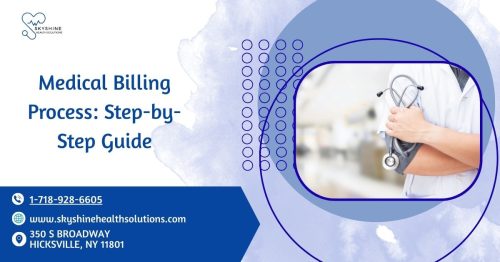
Visit our related blog Medical Billing Process: Step-by-Step Guide
Want to learn about Medical Billing? Visit Medical Billing FAQs

